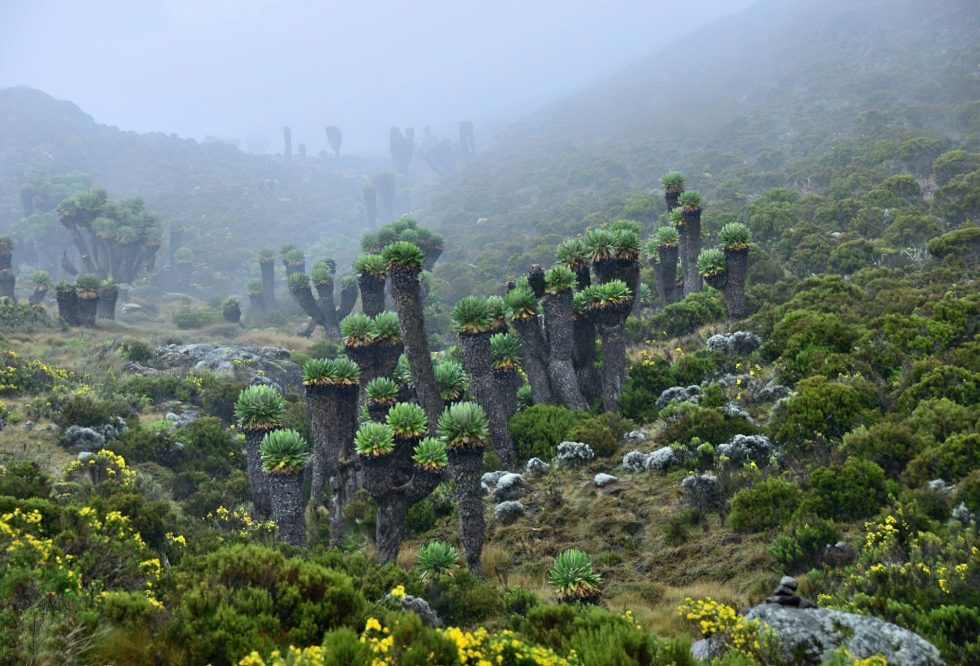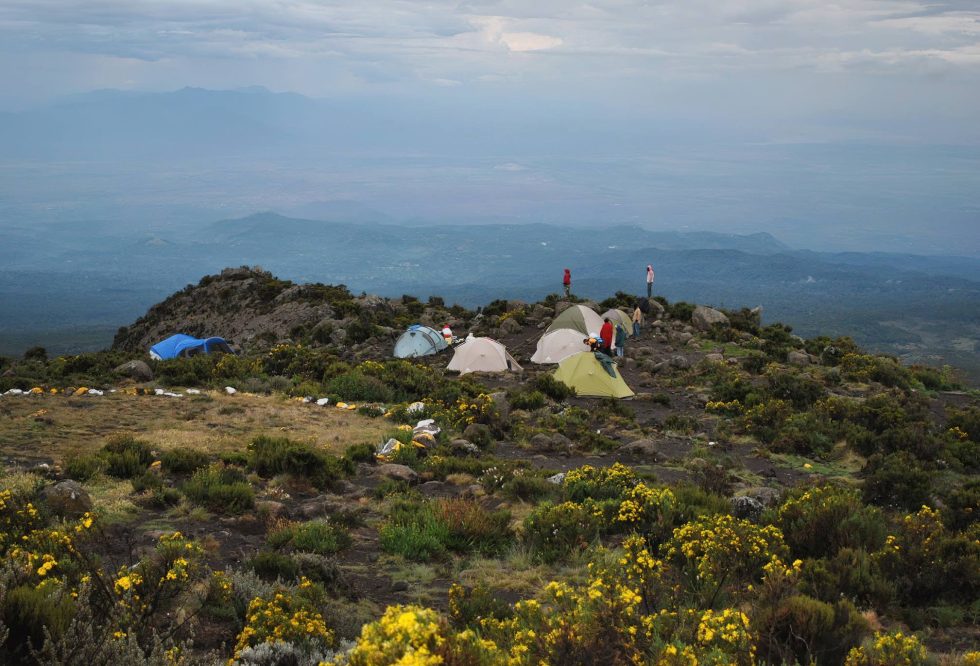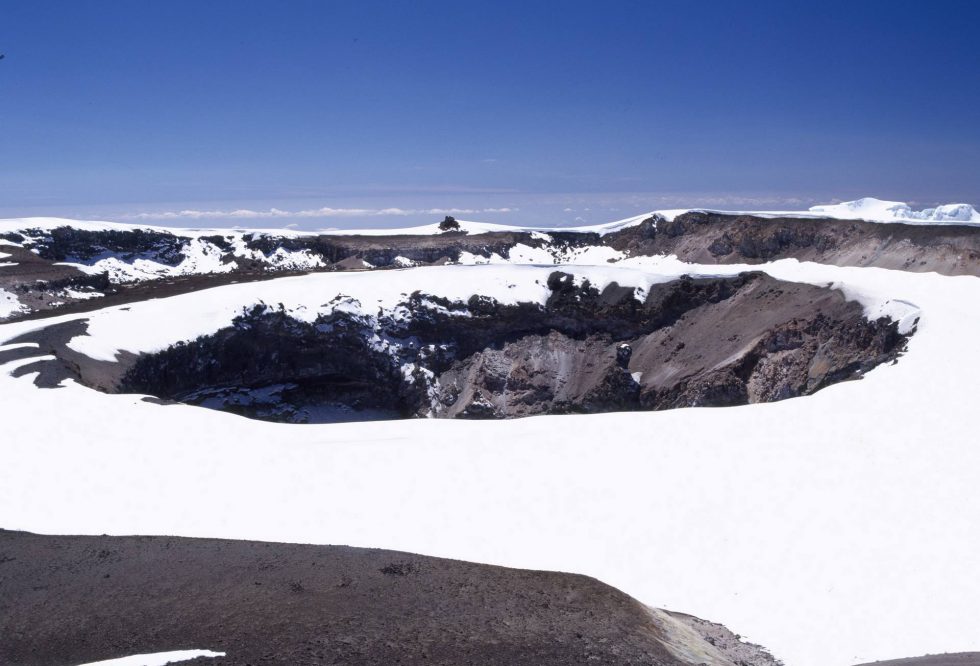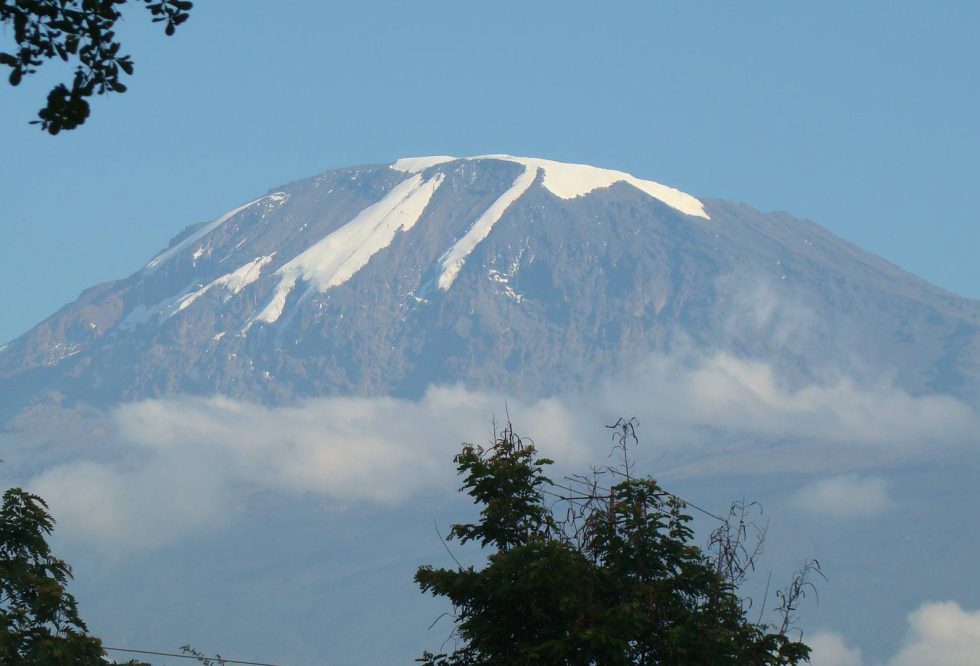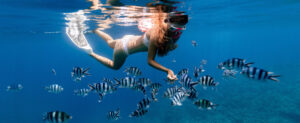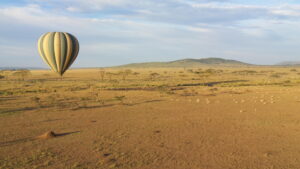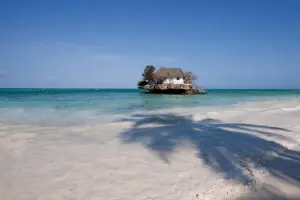Mt. Kilimanjaro
Duration: 4 - 5 Days
Hiking
Overview
Towering at 5,895 meters above sea level, Mt. Kilimanjaro is Africa’s highest peak and one of the most iconic trekking destinations in the world. This free-standing volcano, rising from the Tanzanian plains, draws adventurers from all walks of life to test their limits and walk among the clouds. There are several well-established routes to the top, each offering a unique perspective of the mountain: the scenic Machame Route (also known as the “Whiskey Route”), the quieter Rongai Route from the north, the longer and more gradual Lemosho Route, and the popular Marangu Route with hut accommodations.
Along the way, trekkers pass through five distinct climate zones—from rainforest to alpine desert and finally to the icy summit zone. Camps like Shira, Barranco, Karanga, and Barafu dot the trails, offering overnight rests as climbers slowly acclimatize.
The Experience
Most summit attempts begin just after midnight, aiming to reach Uhuru Peak by sunrise. This final push is physically and mentally demanding—cold, high altitude, and steep terrain challenge even the most prepared hikers. But once you reach the roof of Africa, with the glaciers glowing in the early light and the vast Tanzanian landscape stretching far below, it all becomes worth it. The sense of accomplishment is indescribable, standing at Uhuru Peak isn’t just about reaching a summit; it’s a personal victory, a story you’ll carry for life.
FAQs
Most routes take 5 to 9 days, depending on the trail and acclimatization schedule. Longer routes tend to offer higher summit success rates.
You don’t need to be an athlete, but a good level of fitness, endurance, and mental preparation will go a long way. Altitude is the biggest challenge, not the terrain.
Popular options include the Lemosho, Machame, Rongai, and Marangu routes. Lemosho and Machame are scenic and allow for better acclimatization. Marangu is the only route with hut accommodations.
Yes. All climbs must be done with a registered guide or tour company. Solo treks are not allowed by Tanzanian law.
The dry seasons—from January to early March and June to October—are the best windows for climbing, with clearer skies and more stable weather.
You’ll need warm layers, hiking boots, a good sleeping bag, headlamp, water bottles, and rain gear. Your tour operator usually provides tents, meals, and porters.
Yes, it can affect anyone. Proper acclimatization, hydration, and a slow pace are key. Guides monitor your health daily and know how to manage symptoms.

